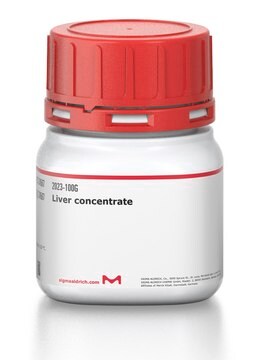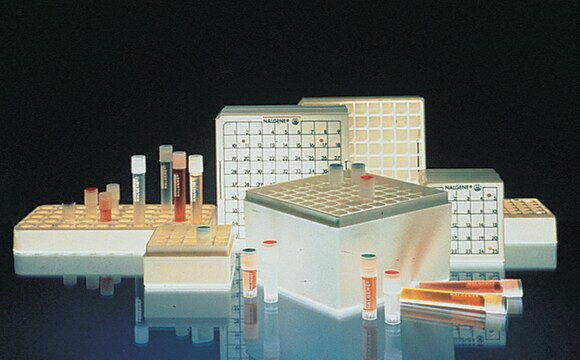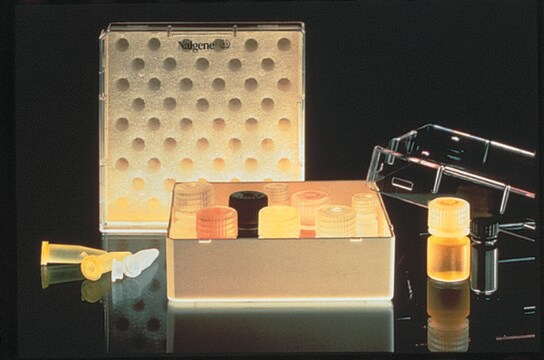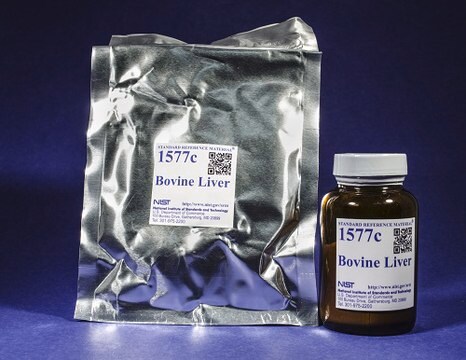R1756
Rhodanese from bovine liver
Type II, essentially salt-free, lyophilized powder, 100-300 units/mg solid
Sinônimo(s):
Thiosulfate Sulfur Transferase, Thiosulfate:cyanide sulfurtransferase
About This Item
Produtos recomendados
tipo
Type II
Nível de qualidade
Formulário
essentially salt-free, lyophilized powder
atividade específica
100-300 units/mg solid
temperatura de armazenamento
−20°C
Procurando produtos similares? Visita Guia de comparação de produtos
Aplicação
Ações bioquímicas/fisiológicas
Definição da unidade
Código de classe de armazenamento
11 - Combustible Solids
Classe de risco de água (WGK)
WGK 3
Ponto de fulgor (°F)
Not applicable
Ponto de fulgor (°C)
Not applicable
Equipamento de proteção individual
Eyeshields, Gloves, type N95 (US)
Escolha uma das versões mais recentes:
Certificados de análise (COA)
Não está vendo a versão correta?
Se precisar de uma versão específica, você pode procurar um certificado específico pelo número do lote ou da remessa.
Já possui este produto?
Encontre a documentação dos produtos que você adquiriu recentemente na biblioteca de documentos.
Nossa equipe de cientistas tem experiência em todas as áreas de pesquisa, incluindo Life Sciences, ciência de materiais, síntese química, cromatografia, química analítica e muitas outras.
Entre em contato com a assistência técnica







